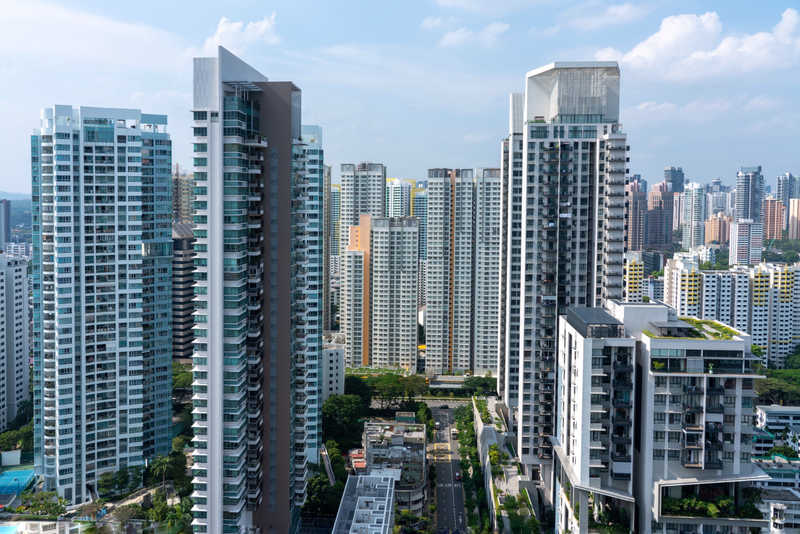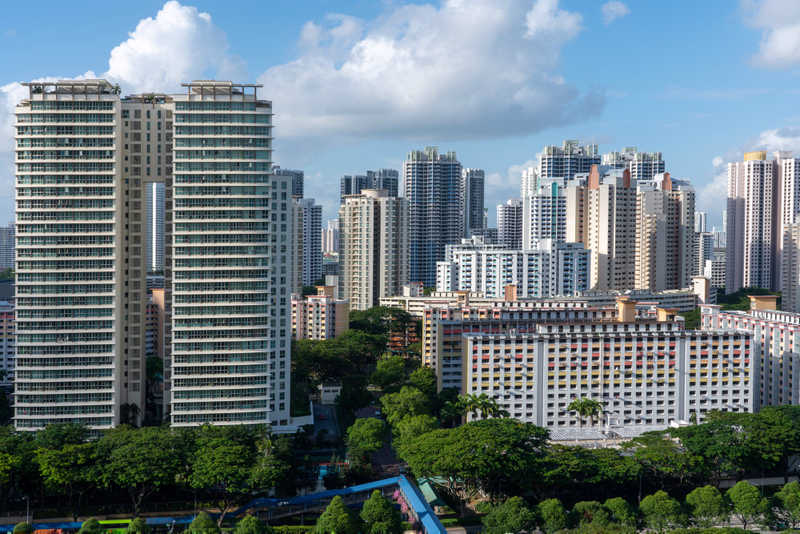Leveraging the new land acquisition law
 Currently, India does not have a coherent policy framework, in place to create and establish new towns or cities. Although there are plenty of plans and programs afoot that would be doing exactly the same.
Currently, India does not have a coherent policy framework, in place to create and establish new towns or cities. Although there are plenty of plans and programs afoot that would be doing exactly the same.
Challenges of urbanization:
The special economic zones policies are by far the nearest policy to establishing new urban spaces. However, the law restricts these to a maximum of only 50 square kilometers or 5,000 hectares each. In contrast India does however possess some very well laid out planned urbanization spaces such as Noida and Greater Noida located near Delhi.
Land from farmers was acquired by the government which then developed the land by constructing infrastructure such as roads, electric lines, water and sewerage networks; and began proffering plots to either developers or industries for both residential and commercial spaces.
Even though such models of successfully completed experiments of planned urbanization spaces exist, they lack urban self-governance as all the authority and power is concentrated within the hands of civil servants.
There is a need to identify appropriate zones for urbanization across India. Ideally, these should be in close proximity of major highways for decent connectivity.
With nine large industrial clusters, the Delhi-Mumbai Industrial Corridor is a gargantuan project to establish rapid, heavy-load, road and rail connectivity between Delhi and Mumbai along the 1,400 odd kilometers route that which would wind through six states.
Smaller townships and towns can grow. Provided policies are in place which declare such regions as urbanizable zones, where land conversion from farming to commercial would be automatically done, rather than mediated by patronage, discretion and bribes.
This would allow farmers to sell off their lands after conversion at prices which are far in excess of anything that is prescribed by the new land acquisition law.
Democratic Polity:
A democracy like India is ill-suited for mandating a minority (such as farmers and other poor or economically backward citizens) to sacrifice their lives and livelihoods to benefit the society at large, accept disruption and penury while their land is being acquired to build new factories or towns.
Within a democracy, in case a minor group has to suffer disruption of their daily lives for the sake of the society’s larger good, then they should be eligible to at least receive decent compensation along with rehabilitation.
Failure in doing so could either disrupt the plans of the respective industry(s) plans (example – Singur in West- Bengal), or produce fodder for Maoists.
Avoiding social conflict:
The recent land acquisition law just provides a legal expression to the people’s right, whose land is forcibly acquired or alienated to receive decent terms of separation. This is an essential and integral to reduce the conflict within society and creating a dispersed prosperity which is capable of supporting a bigger edifice of prosperity.
It is best viewed as a catalyst that would force minds to turn towards planned urbanization with scale, imagination and greater scope for shared prosperity rather as an efficient mechanism for piecemeal release of land for industry.
The method of leasing to is yet another method which requires to be tried out. Under the lease method, farmers would be earning a regular income as well as retain ownership of the land while industry acquires the land.
In the case of railway tracks and roads, land pooling should be done to ensure that a minority alone doesn’t lose their land while the majority gains from the development.
In case of ports and mines, where a limited locational flexibility prevails, compensation as per the prescription of law should be entirely viable for the industry and would transform farmers into willing stakeholders rather than opponents of new prosperity.







